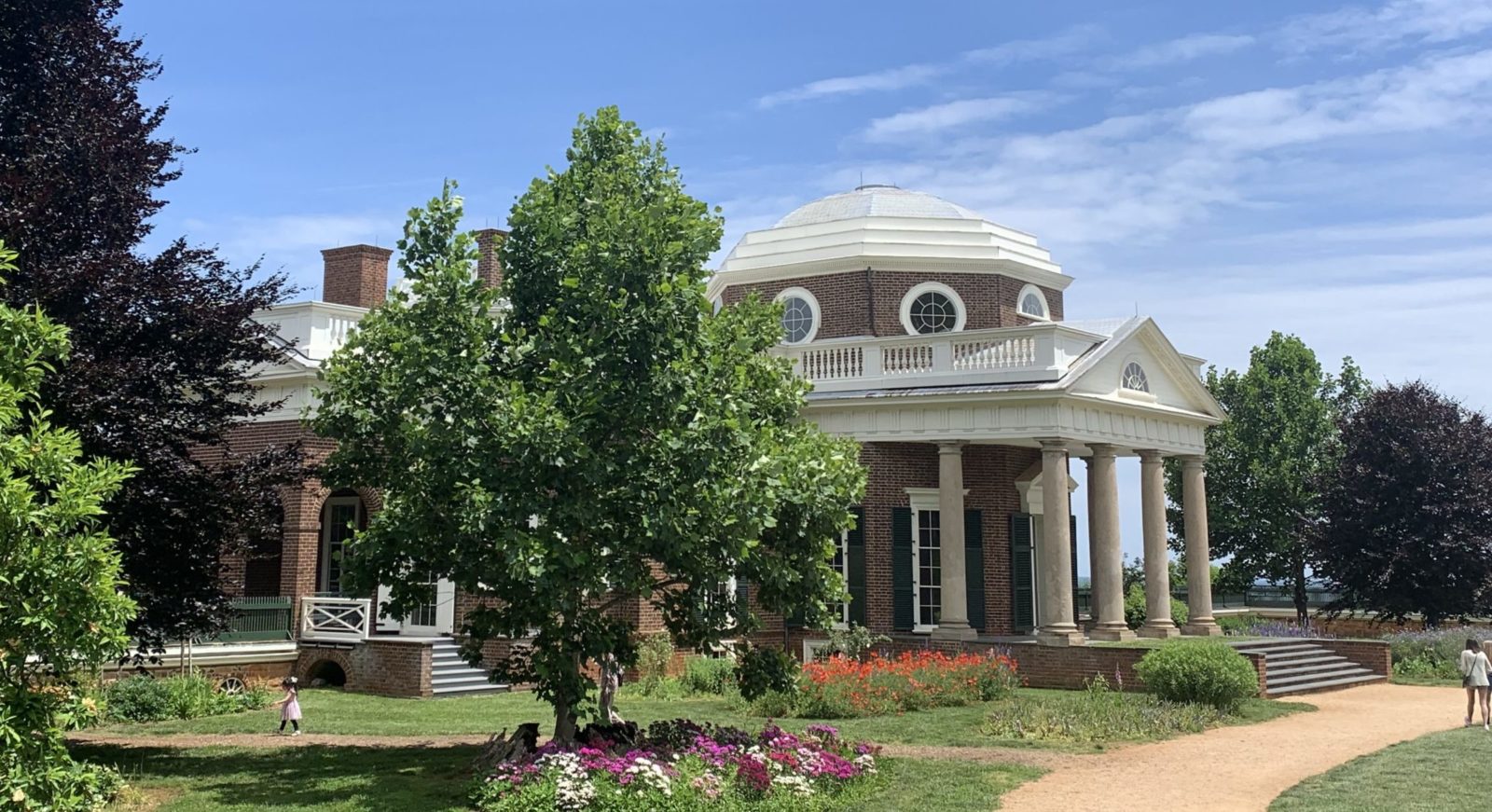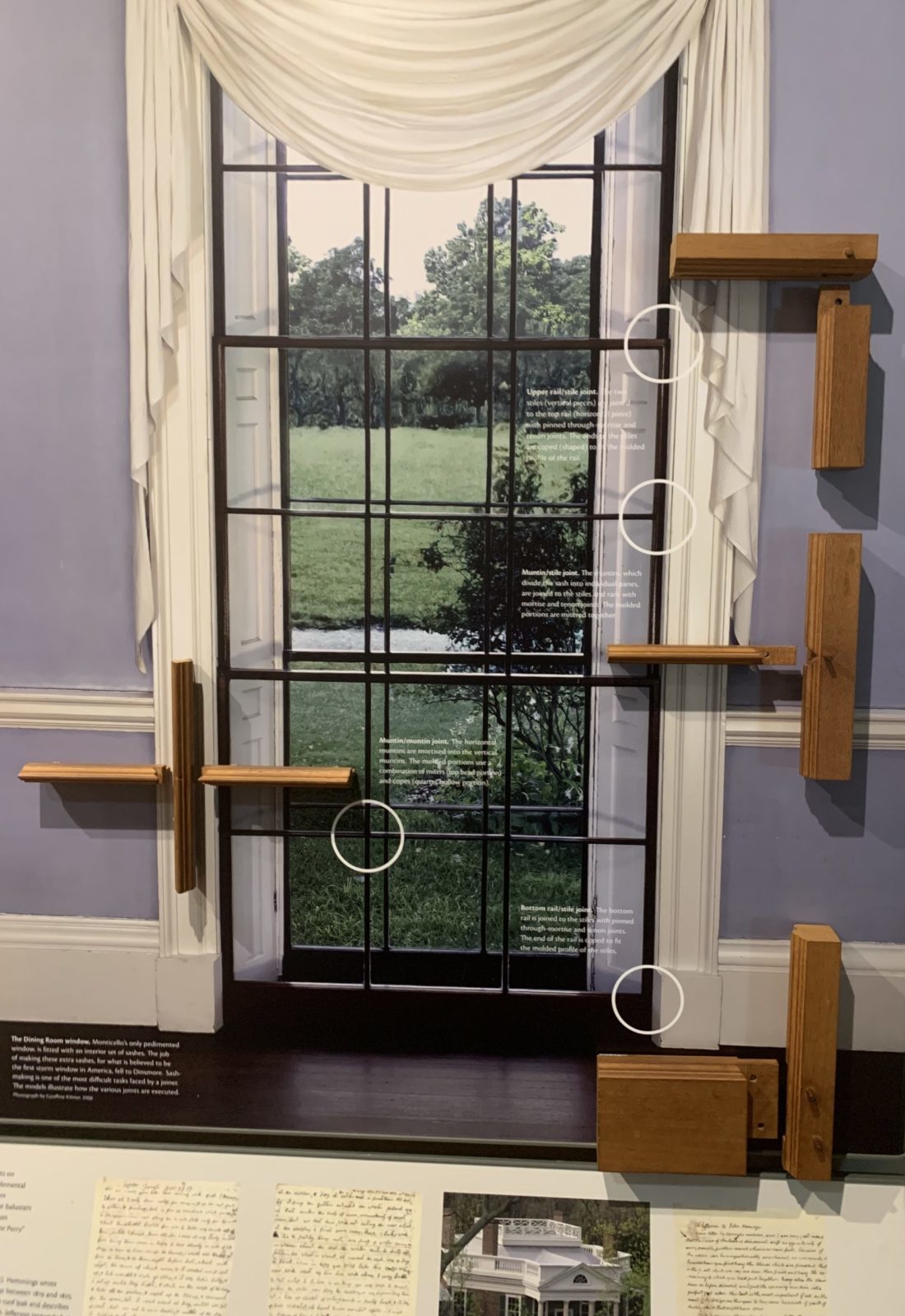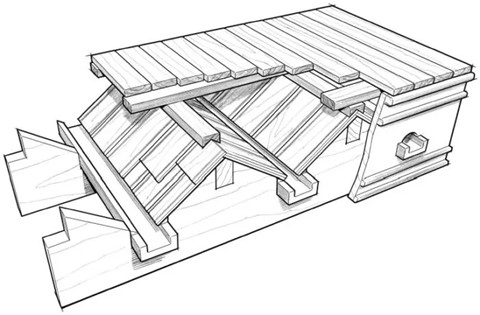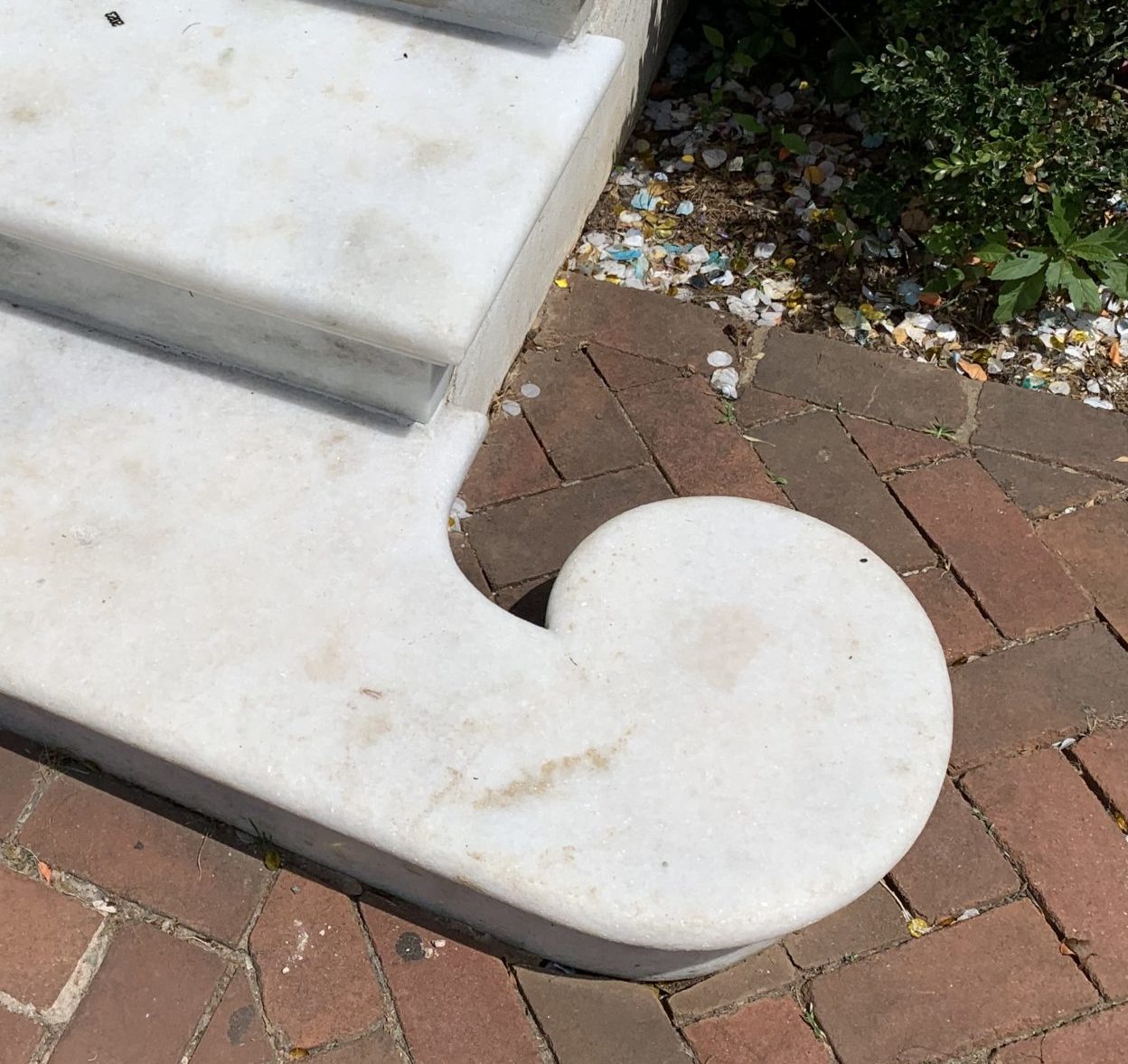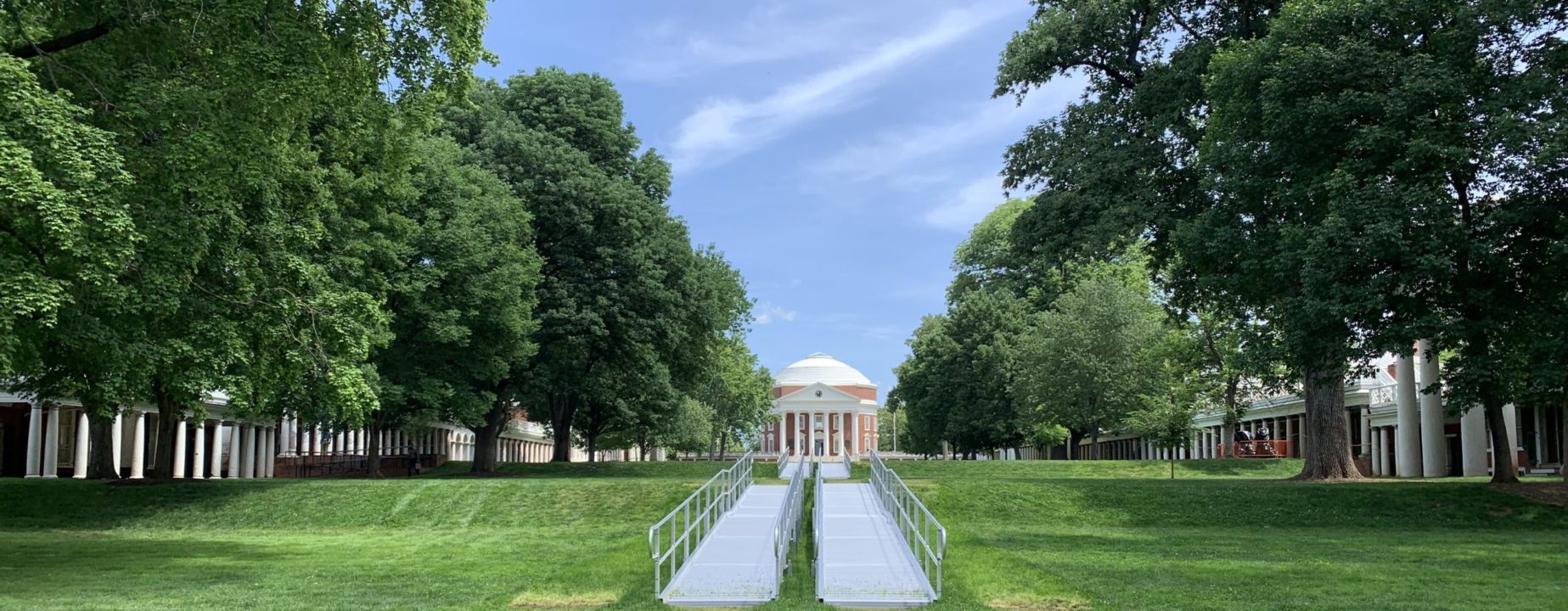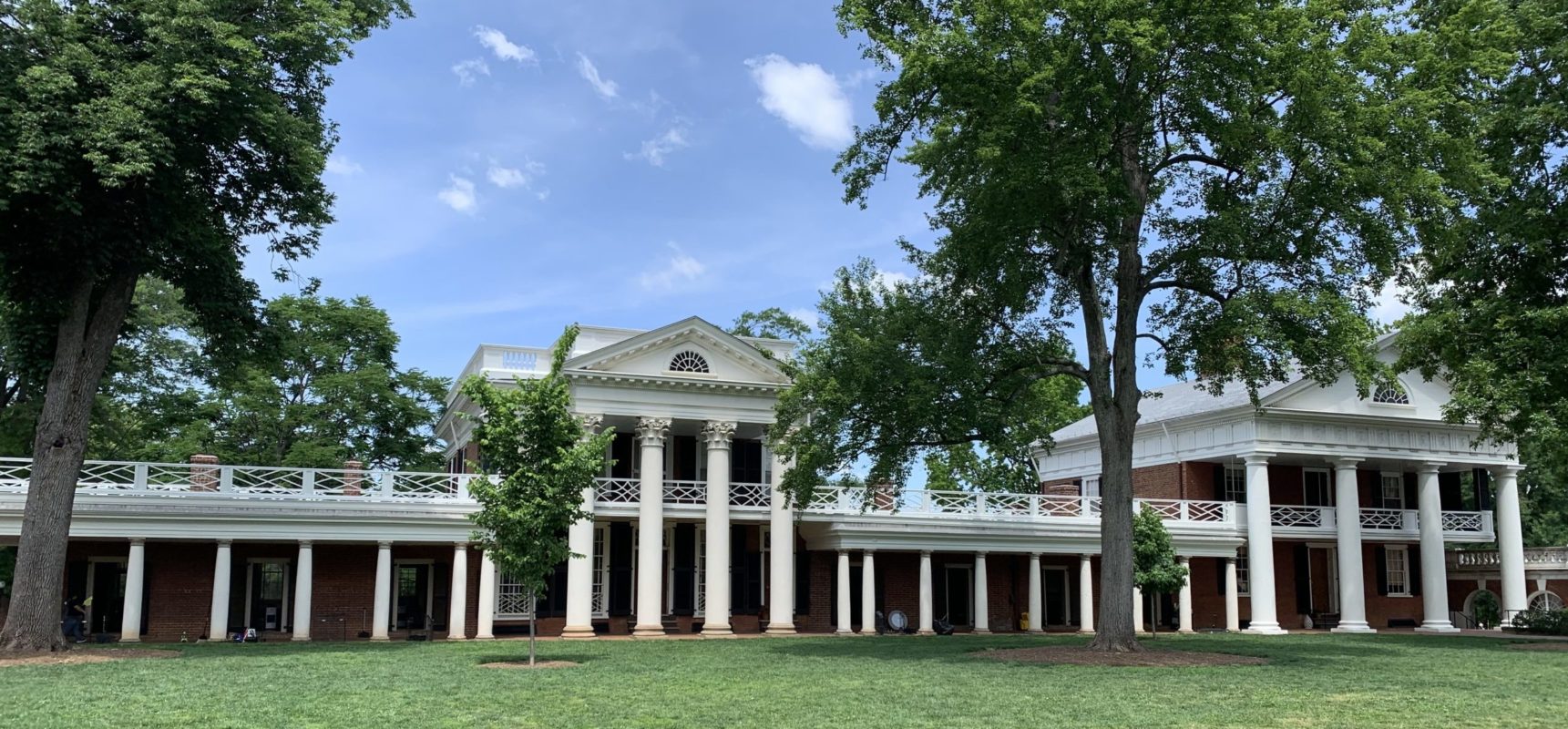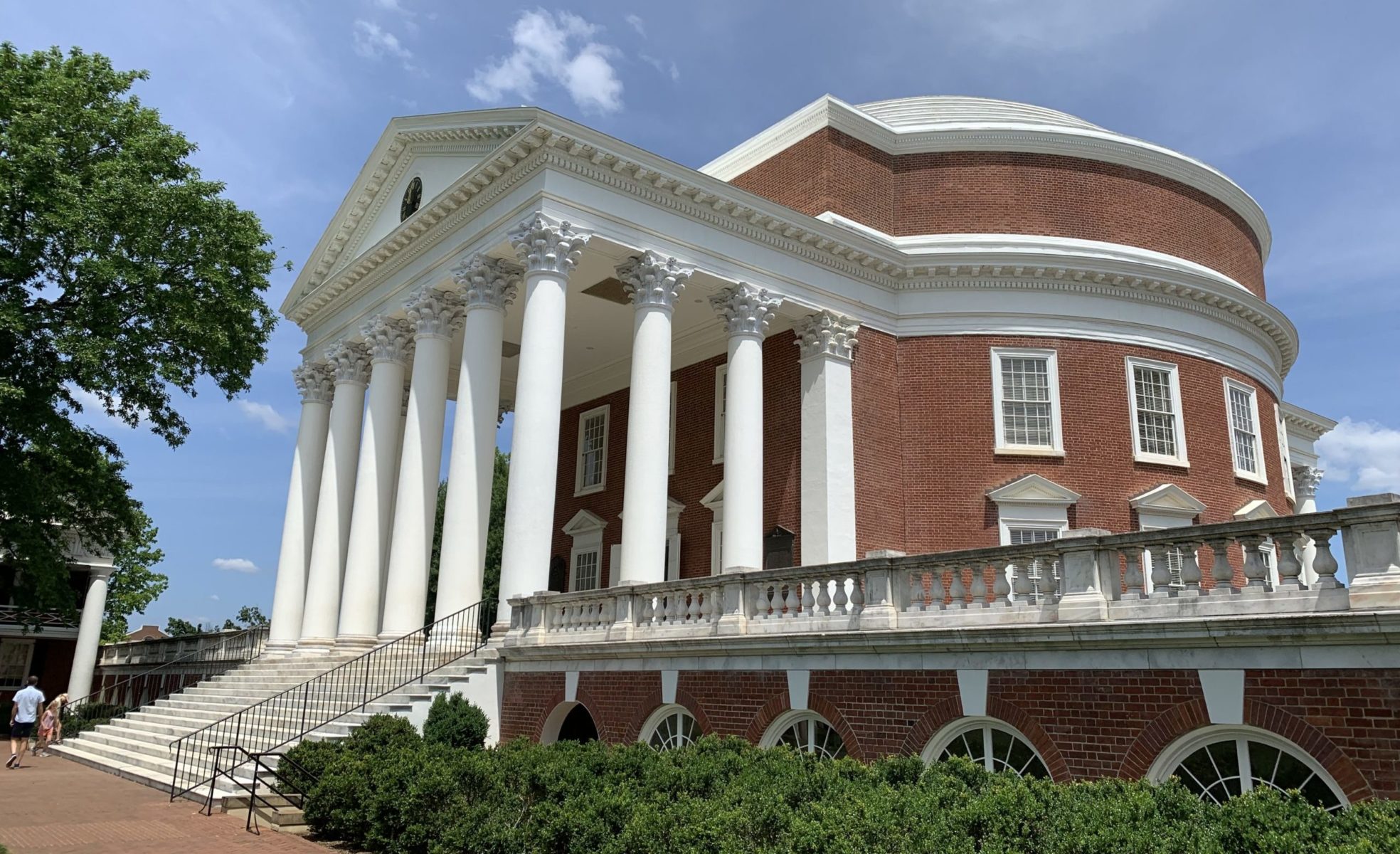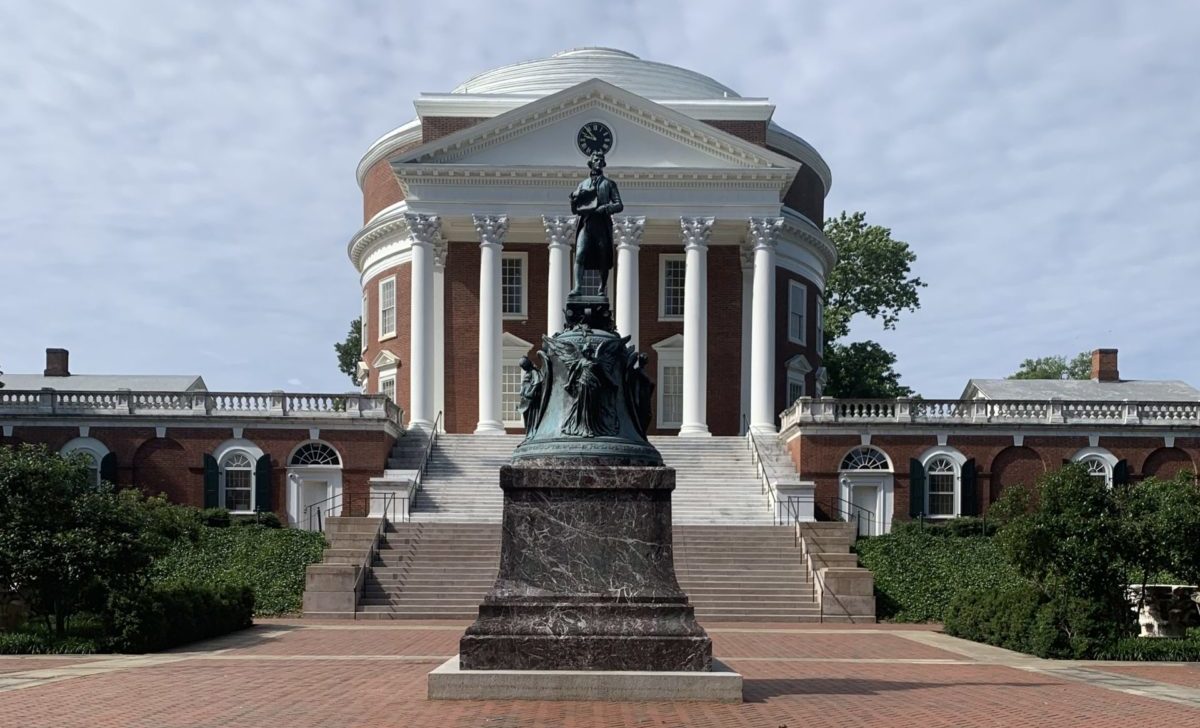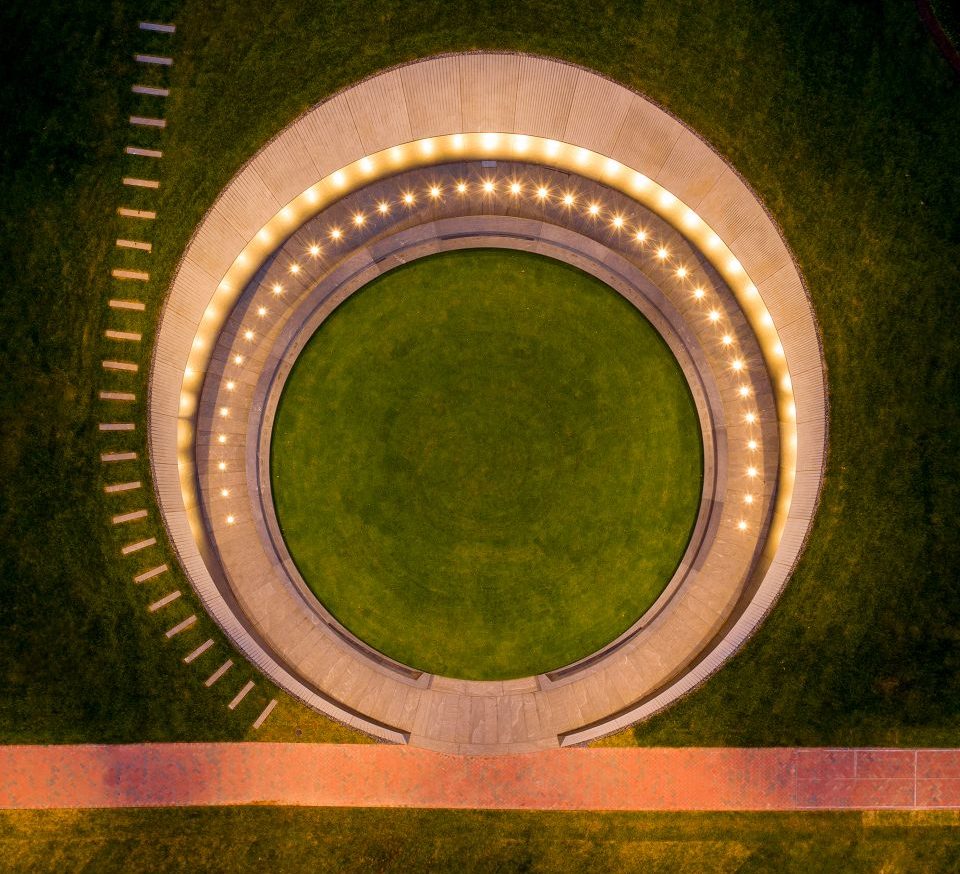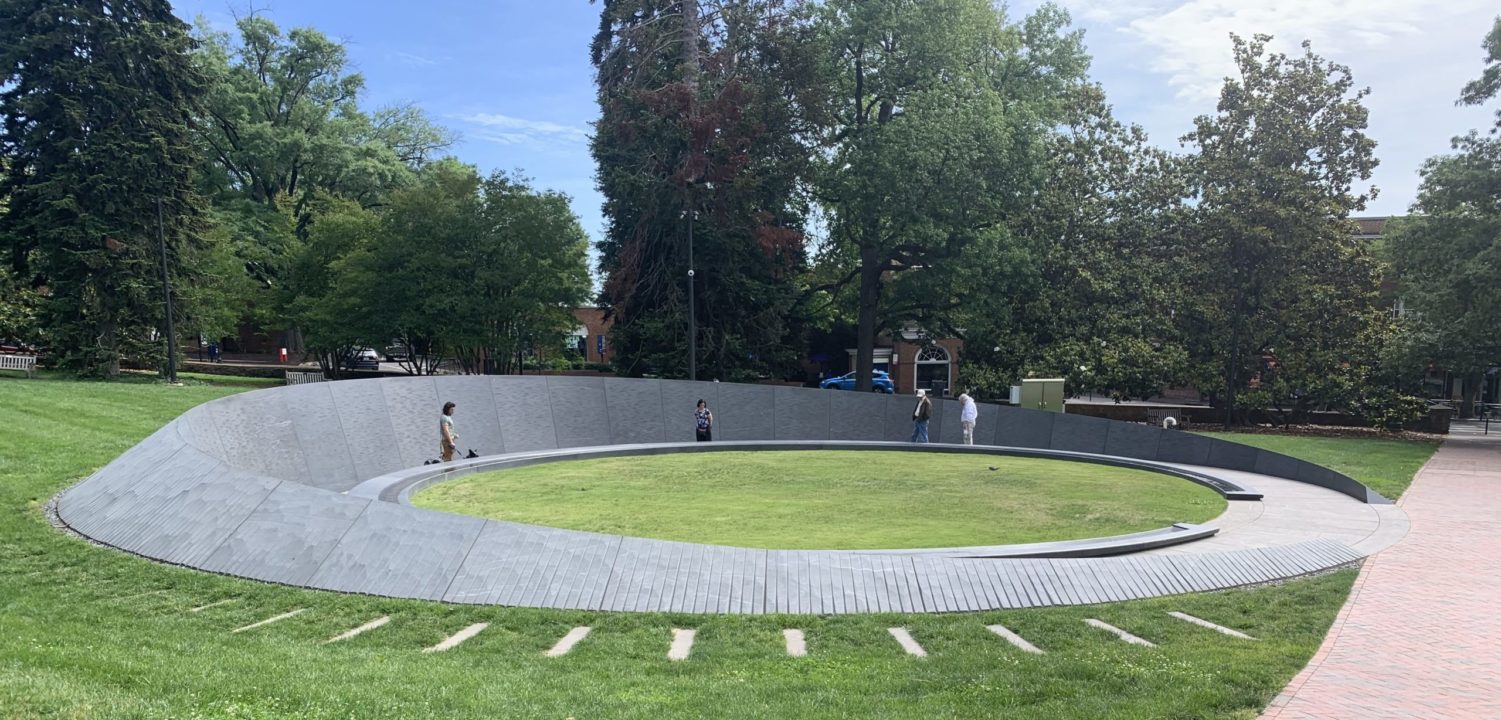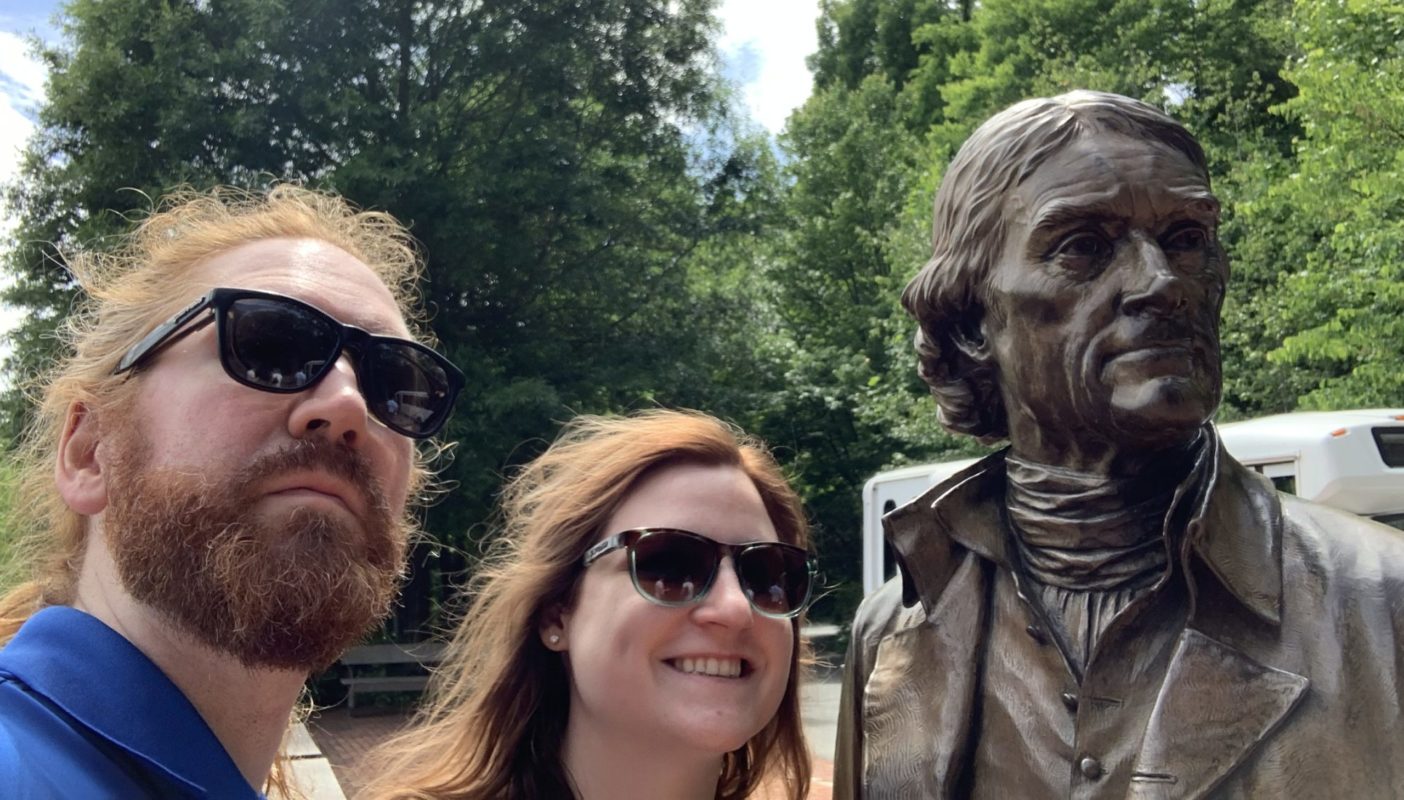The Architectural Legacy of Thomas Jefferson
Introduction: As we celebrate the 4th of July, the Declaration of Independence from the British Empire and the founding of American Democracy, I want to highlight the architectural legacy of one of our most significant founding fathers, Thomas Jefferson. Thomas Jefferson is the only architect thus far to serve as President of the United States. Jefferson was largely self-taught, learning through his books, travel and construction. The American Insititute of Architects awarded Jefferson with the AIA Gold Medal posthumously in 1993.
Through his visionary architectural designs and passion for classical aesthetics, Jefferson designed iconic structures that embody the principles of democracy and the philosophy of the Enlightenment. Ancient Greece was the birthplace of Democracy. Over time the classical architecture of the Ancient Greeks has become symbolic of their philosophy and ideals.
Recently, I had the privilege of visiting two of Jefferson’s most significant works, Monticello and the Academical Village at the University of Virginia (UVA) in Charlottesville, VA. I observed Jefferson’s vision for the connection between architecture and democracy, his attention to detail, and his aspirations to achieve a final product that was often beyond the means and methods available to him.
Jefferson’s Residential Architecture: Monticello
Monticello: The mountaintop villa that Thomas Jefferson designed as his primary residence is an expression of his enlightenment ideals. Drawing inspiration from neoclassical principles, especially Andrea Palladio, Jefferson envisioned a stately home that would encapsulate the spirit of the Enlightenment era.
The house, completed in 1809, with its distinctive dome, porticoes, and symmetry, showcases Jefferson’s deep appreciation for order, harmony, and balance. Monticello serves as a testament to his commitment to creating a functional and aesthetically pleasing space that reflects his worldview.
Architectural Drawings with Meticulous Attention to Details:
In Jefferson’s architectural drawings for Monticello he often calculated the dimensions of fractional inches to 6 decimal places. Anyone in architecture and construction knows that this level of precision is both impractical and unachievable.
The detailing of the windows shows a refined craftsmanship coupled with the simplicity of late 18th and early 19th century mortise and tenon joinery, with the rails and stiles of the sash joined together with dowels.
Jefferson also developed a seemingly clever solution for the construction of roof decks, allowing a level walking surface with concealed sloping roofs that provide cover for habitable space below. This article in Fine Home Building notes that the lack of insulation and ice damming at the eaves in winter trapped water within the roof system, causing it to rot.
The execution of some of the details at Monticello demonstrates that the reach of Jefferson’s architectural ambitions exceeded his grasp. For example, the flared curvature of the bottom tread of the steps leading up to the east facing portico of Monticello, shown above, is crude by comparison to the same detail at the steps of the UVA Rotunda shown below.
The University of Virginia – A Monument to Enlightenment:
By comparison to Monticello, the true testament to Jefferson’s architectural design genius is the Academical Village at the University of Virginia, located in Charlottesville, VA. Founded by Jefferson in 1819, UVA’s original campus stands as a living embodiment of his vision for education, cross-disciplinary exchange, and democracy.
The campus design is centered around the Lawn, a grand esplanade flanked by pavilions and student rooms:
The Lawn is flanked by 10 Pavilions, which showcase the classical orders of Architecture, including Corinthian, Ionic, Doric, and Tuscan. By comparison to the porticos of Monticello, the proportions and detailing of the pavilions are much more refined.
Inspired by the Pantheon in Rome, Jefferson’s Rotunda at UVA serves as the architectural focal point of the Academical Village. It houses the original University Library, and symbolizes the pursuit of knowledge and the enlightenment principles that underpin our democratic society.
Memorial to Enslaved Laborers – the Construction of Monticello and UVA, and Jefferson’s Hypocrisy:
The Declaration of Independence is the most important document written by Jefferson. In it, Jefferson states that “We hold these truths to be self-evident, that all men are created equal, that they are endowed by their Creator with certain unalienable Rights, that among these are Life, Liberty and the pursuit of Happiness.”
In his lifetime, Jefferson held over 600 African people in bondage. Jefferson exploited the labor of these enslaved people to construct his architectural designs and contradicted his own revolutionary beliefs in doing so.
UVA, in a decade-long process, recently commissioned and built the Memorial to Enslaved Laborers. The Memorial, dedicated virtually in April 2021, is visually striking and similar in concept to the Vietnam Veterans Memorial in Washington, DC. It is a deeply moving piece of monumental contemporary architecture that tells the history of UVA’s exploitation of enslaved people.
In plan, the Memorial forms the shape of a broken shackle, 80’ in diameter. That 80’ dimension matches the diameter of Jefferson’s Rotunda in the nearby Academical Village, creating a direct dialogue with Jefferson’s architectural legacy. The history of Jefferson’s architectural legacy is not complete without recognition and respect for the highly skilled enslaved people who toiled to bring his architectural designs into reality.
Jeffersonian Architecture is a Symbol for the American Promise
Thomas Jefferson’s architectural legacy is entwined with American History and Democracy, including the long, complex, and incomplete process of ensuring the unalienable rights he wrote of are granted to and guaranteed for all people.
Despite his flaws and contradictions, Thomas Jefferson’s vision for American Democracy is embodied in his architectural legacy at Monticello and the Academical Village at UVA. Jeffersonian Architecture stands as a beautiful symbol for the American promise of freedom, which allows us through self-reflection and self-criticism to refine our nation over time to form a more perfect union.

